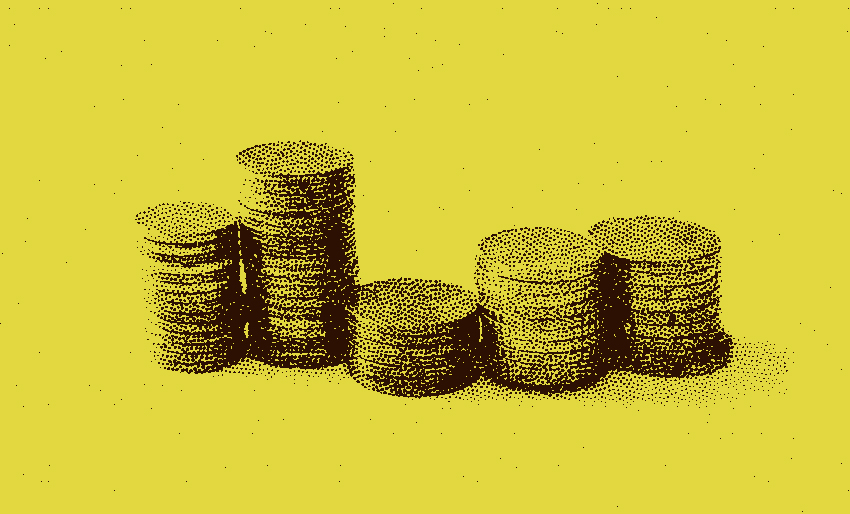What Are I Bonds and How To Buy Them
Dan Nastou, CFA
With inflation running at a forty year high, it’s more important than ever to ensure your savings are keeping up. This is where Series I savings bonds come in. They offer the guarantee of a government bond but pay enough interest to keep up with red hot inflation. It’s a win win! Well, mostly. There are some things you should know before jumping in.
Here we’ll break down what I bonds are, their key features, and how you can buy them.
What is an I bond?
Series I savings bonds, or I bonds for short, are a specific type of US Government Bond that’s designed to protect your money from inflation. They do this by paying you an interest rate that adjusts twice a year depending on how high (or low) inflation has been.
Technically, the rate you earn is comprised of a fixed portion that stays the same for the life of the bond (30 years) and an adjustable portion that adjusts every six months based on inflation. The combined rate may be called the “composite rate” or the “earnings rate.”
As of the most recent rate adjustment on May 1st, 2025, I bonds are currently paying 3.98%, which will reset on November 1st, 2025. You can see the current rate here.
Key features of I bonds
Clearly the high interest rate is the main attraction for I bonds. But like any investment, the devil is in the details. So here are a few key things to know about I bonds before you invest.
Maximum Purchase Amount – Currently, individuals are limited to electronically purchasing $10,000 of I bonds per calendar year. You can also buy up to $5,000 of paper I bonds with your tax refund, but that requires a bit more work.
Selling Restrictions – You can’t cash in your bonds for the first full year after buying. So if it’s money you’ll be needing in the next few months, this isn’t a good option. And if you cash in within the first five years, you’ll lose three months worth of interest payments as a penalty.
Fluctuating Interest Rate – The interest rate resets every six months depending on inflation. So your rate is not set in stone when you buy them, which is kind of the point. This works in your favor if inflation is rising, but if inflation falls, so will your rate.
Payment – I bonds don’t actually send you periodic interest payments like most other types of bonds. Instead, the interest accrues, meaning it’s added to your balance, which grows over time. So the only way to get your money is to cash out or wait for the bonds to mature.
Taxes – The interest you earn on your I bonds is taxable at the federal level but not at the state or local level. And if you use the money you earn on qualified education expenses you may not owe any federal taxes either. You can choose whether to report your interest earnings each year or defer your taxes until you actually take your money out.
These are the main highlights, but you can dig into more here.
How do I buy I bonds?
The main way to buy I bonds is through the TreasuryDirect.gov website. There’s a specific section on the site dedicated to I bonds that will walk you through the steps.
Basically, you’ll need to set up an account, which will require entering your personal information, like your name, address, and Social Security number.
You’ll also need to link a bank account to fund your purchase, so make sure you have that information handy. And make sure you enter the details correctly. Changing your bank account information later is a somewhat complicated process.
Once you’ve created an account, you can log in and go to the BuyDirect tab. From there, you should be able to choose from several types of Savings Bonds. Select the “Series I”. Then you can decide how much to buy or schedule future automated purchases. You need to spend at least $25 per transaction, and again, you’re limited to a max of $10,000 per year.
You should receive a confirmation after each purchase and can check your balance at any time.
So are I bonds right for me?
While we can’t speak to your specific situation, I bonds can be a good place to put some of your cash. When inflation is running as high as it has been, it’s often difficult to find ways to make your savings keep up. But I bonds are designed specifically to do just that. And they currently offer a higher interest rate than most traditional savings accounts, making them attractive.
However, I bonds are really just intended for inflation protection, rather than long-term growth. Historically, stocks have done better at outpacing inflation over long periods of time while offering more potential upside. And, as we mentioned earlier, I bonds have the one year restriction on cashing out. So they’re not good for your emergency fund either.
But if you have some money sitting in a savings account, and you won’t be needing it for a little while, I bonds could be a great way to help ease the sting of inflation. And over time that can add up to meaningful money.
Update: Since we originally posted this, interest rates have continued to rise and inflation has fallen. You may now be able to earn higher interest rates on certain high yield savings accounts or money market accounts. So be sure to regularly compare your options.
As always, this is education, not financial advice. Talk to your financial professional if you need help or are thinking about making changes to your investments.



